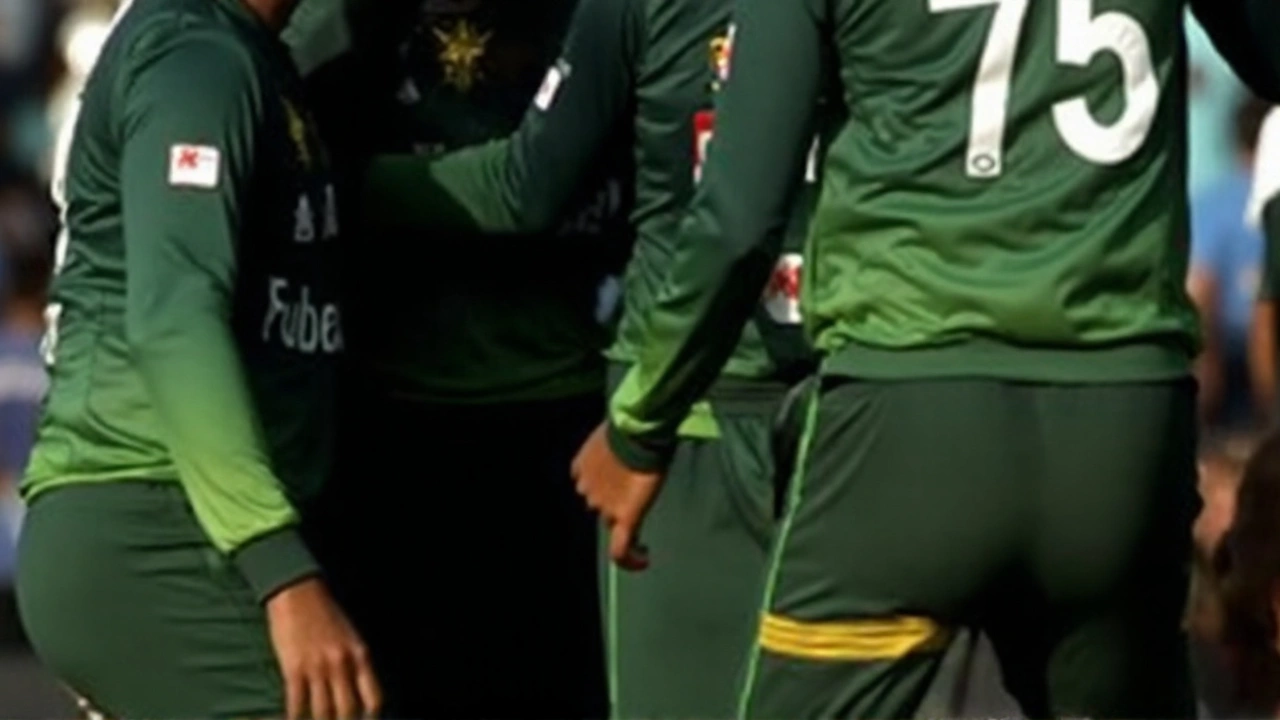India vs Pakistan – What Sets the Two Nations Apart?
India and Pakistan share a long, tangled history, but everyday life in the two countries can feel worlds apart. If you’re curious about what really makes them different – from the food on your plate to the jobs you can find – you’re in the right place. Below we break down the biggest contrasts in a simple, no‑jargon way.
Culture and Daily Life
Both nations celebrate vibrant festivals, but the mood and customs shift noticeably. In India, you’ll see a mix of Hindu, Muslim, Sikh and Christian celebrations, while Pakistan’s public holidays focus mainly on Islamic events like Eid and Ramadan. That means the streets of Delhi might be flooded with colorful lights during Diwali, whereas Lahore’s bazaars come alive with lanterns during Eid.
Language also tells a story. Hindi and English dominate in India’s official paperwork, but you’ll hear countless regional tongues – Tamil, Bengali, Marathi, and more. Pakistan’s official language is Urdu, and Punjabi, Sindhi, Pashto, and Balochi echo across the provinces. Learning a few basic phrases in each language can make travel a lot smoother.
When it comes to food, Indian cuisine leans heavily on spices like cumin, coriander, and garam masala, often served with flatbreads such as roti or naan. Pakistani meals love the robust flavors of biryani, kebabs, and lentil stews known as dal, usually accompanied by naan or roti as well. Both love their tea, but you’ll notice a stronger preference for green tea in Pakistan and chai (milk tea) in India.
Economy and Opportunities
India’s economy is larger and more diversified. Tech hubs in Bengaluru and Hyderabad attract global companies, while manufacturing plants spread across the country. This creates a steady flow of jobs in IT, engineering, and services. Pakistan’s economy is smaller but growing, with key sectors in agriculture, textiles, and a budding tech scene centered in Karachi and Islamabad.
Cost of living varies too. Metro cities like Mumbai or Delhi can be pricey, especially for housing, but you’ll still find affordable street food and public transport. In Pakistan, housing tends to be cheaper, but imported goods can cost more due to taxes.
Both countries face challenges. India grapples with traffic congestion and pollution in major cities, while Pakistan works on improving its electricity supply and infrastructure. Knowing these hurdles helps you set realistic expectations if you plan to move, work, or study there.
Travelers, students, and professionals often ask which country is “better.” The answer isn’t a simple yes or no – it depends on what you value. If you love a massive tech scene and a multitude of cultural experiences, India might feel like home. If you prefer a tighter-knit community vibe and a slower pace, Pakistan could be a better fit.
One thing’s clear: both places offer rich histories, warm people, and endless opportunities to explore new flavors, music, and traditions. Whether you’re comparing job markets, planning a vacation, or just satisfying your curiosity, keeping these core differences in mind will help you make a smart choice.
So, next time you hear “India vs Pakistan,” think beyond politics. Look at daily life, food, language, and career chances. That’s where the real comparison lives, and that’s where you’ll find the most useful information for your next adventure.
Pakistani bowlers vs India in T20Is: Umar Gul tops wicket charts, Nawaz and Asif close behind
Umar Gul leads the T20I wicket list for Pakistan against India with 11 in 6 innings, followed by Mohammad Nawaz (6 in 3) and Mohammad Asif (5 in 2). Haris Rauf, Mohammad Amir, Naseem Shah, and Shahid Afridi have 4 each. The numbers, tracked through mid-2024, show how Pakistan’s new-ball swing and death-overs pace have shaped this rivalry.
full article